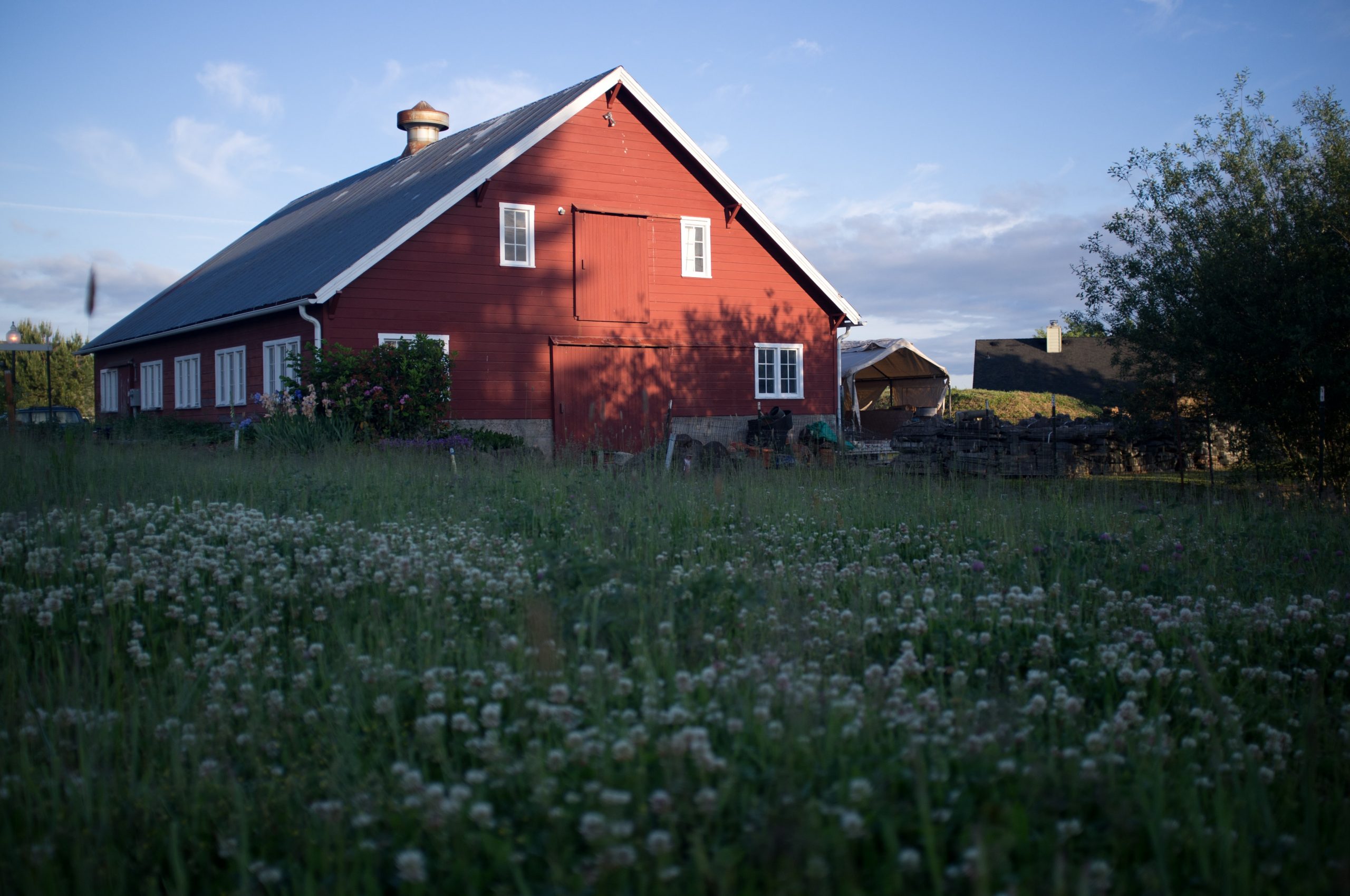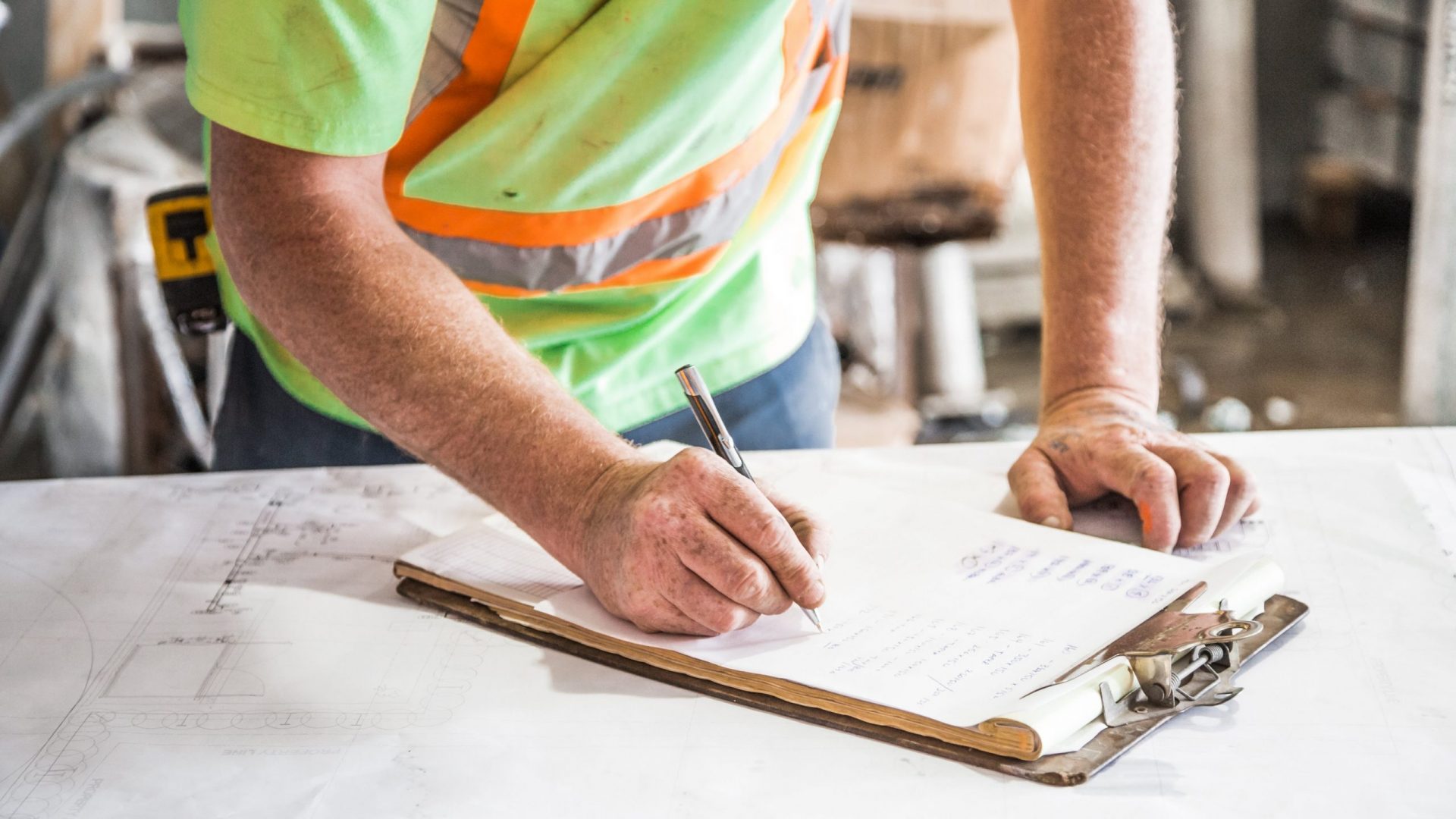
Agricultural buildings classified under Part 2 of the Manitoba Building Code will be required to follow this process.
See Building Permits for more information around classification of buildings.
PROJECT PROCESS
Note that this a general process for what most project could require. Please contact Mid-West Planning District for a pre-project consultation to find out exactly what will be required for your specific project.
Step 1: Application Submission: Submit a development permit application package with the Development Permit fee that includes the following documents:
- Site Plan
- Development Permit Application
- Letter of Authorization (if applicable)
- Company incorporation papers (if applicable)
- Land Title (if applicable)
- Survey or Building Locate Certificate (if applicable)
Step 2a: Application Review: Once we receive a complete application package, we will do the Zoning Review to ensure the project follows the by-laws and determine if planning permissions are required (Zoning by-law amendments, Conditional Use, Variances, etc.).
Step 2b: Application Review: If planning permissions are required, this step will need to be completed before any building permits can be issued. See our Planning Permission Processes for the steps in that process.
Step 3: Permit Issuance: Once all planning permissions are in place (if required), the Development Permit will be issued and the fee calculation for the Building Permit fees will be sent to the applicant.
Step 4: Application Submission: Submit a building permit application package that includes the following documents:
- Payment of the fees calculated in Step 3.
- Building Permit application
- Plumbing Permit application (if applicable)
- Assurance of Professional Design and Commitment for Inspection letter for each professional OR
- Assurance of Retention of Professional letter (naming the prime consultant) AND Letter of Assurance signed by the prime consultant and the owner(s).
- If this option is taken, before each professional’s area of authority begins, an Assurance of Professional Design and Commitment for Inspection must be signed and submitted.
- Assurance of Retention of Professional letter (naming the prime consultant) AND Letter of Assurance signed by the prime consultant and the owner(s).
- Complete set of stamped Building Plans including:
- Site Plan
- Code Analysis
- Floor Plans
- Foundation Plans
- Framing Plans
- Roof Plans
- Reflective Ceiling Plans
- Sections and Details
- Building Elevations
- Electrical Drawings
- HVAC drawings
- Plumbing drawings (if applicable)
- Fire Alarm system plans (may be part of electrical) (If applicable)
- Fire Suppression system plans (if applicable)
- Construction Site Fire Safety Plan
All plan and drawing documents will need to be PDF files from the original design files and not a scan/picture of the printouts.
Step 5: Plan Review: MWPD will conduct an in-depth plan review, which may result in clarification and/or changes needing to be made to the plans/drawings.
Step 6: Permit Issuance: Once the reviews are complete, the permits are issued. Read carefully and share with the owner(s), all professionals, and all contractors on the project as each permit comes with Conditions of Permit.
Step 7a: Construction: During construction, those professionals that signed the Assurance of Professional Design and Commitment for Inspection letter will conduct on-site inspections at the stages they require. The contractor will schedule inspections with them and MWPD know inspection dates.
Step 7b: Construction: During construction, Mid-West Planning District will be executing random on-site audits throughout the project.
Step 8: Project Completion: Submission of the following paperwork:
- An Assurance of Compliance from the prime consultant
- Assurance of Professional Inspection and Compliance letters from the professionals working on the project
- copies of all testing reports/certifications
- A set of the as-built plans as a PDF
Step 8b: Project Completion: We strongly recommend the building owner/manager get copies of any building material documentation from contractors/installers which could include make/model/serial numbers, instruction manuals, maintenance instructions, etc. especially for any Fire Protection Systems/Equipment. Some examples include Listed Firestop Systems, Fire Dampers, Fire Doors, Fire Alarm instruction manual, Fire-retardant window coverings certification.
Step 9: Application submission: Submit an occupancy permit application package that includes the following documents:
- Occupancy Permit application
- Fire Safety Plan (if required)
- Emergency Procedures that are posted (if required)
Step 10: Inspection: A pre-occupancy inspection will be conducted by MWPD. Fees will be calculated after inspection completed and all outstanding deficiencies have been rectified.
Step 11: Payment of occupancy fee.
Step 12: Issuance of an occupancy certificate with occupancy load numbers. You will get physical certificates for posting as well as digital copies for back-up.
Final Step: Move in and schedule an opening ceremony!
INSPECTIONS & PENALTIES

Inspections
During construction, those professionals that signed the Assurance of Professional Design and Commitment for Inspection letter will conduct on-site inspections at the stages they require. The contractor will schedule inspections with them and let MWPD know inspection dates.
During construction, Mid-West Planning District will be executing random on-site audits throughout the project.
Penalties
The following are subject to Penalty Fees in accordance with the MWPD’s Fee Structure By-Law:
- Any building or structure installed prior to the appropriate permits being obtained.
- Where the work is not ready for the time of the scheduled inspection.
- Where project deficiencies result in repeated inspections by the inspector
